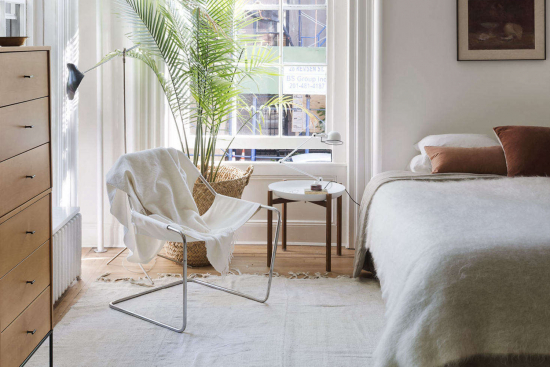British Invasion: A Sought-After UK Paint Company Comes to Connecticut
Ruth Mottershead, the creative director of the paint company Little Greene, was ten when she first visited the family paint factory in north Wales. Her father, David, had recently been made redundant and decided to channel his expertise in color and finishes into this small, struggling factory. For Ruth and her brother, a life of color ensued. “I remember us painting color charts at the kitchen table,” she recalls. “I suppose color is in my blood, really.”
Photography courtesy of Little Greene.
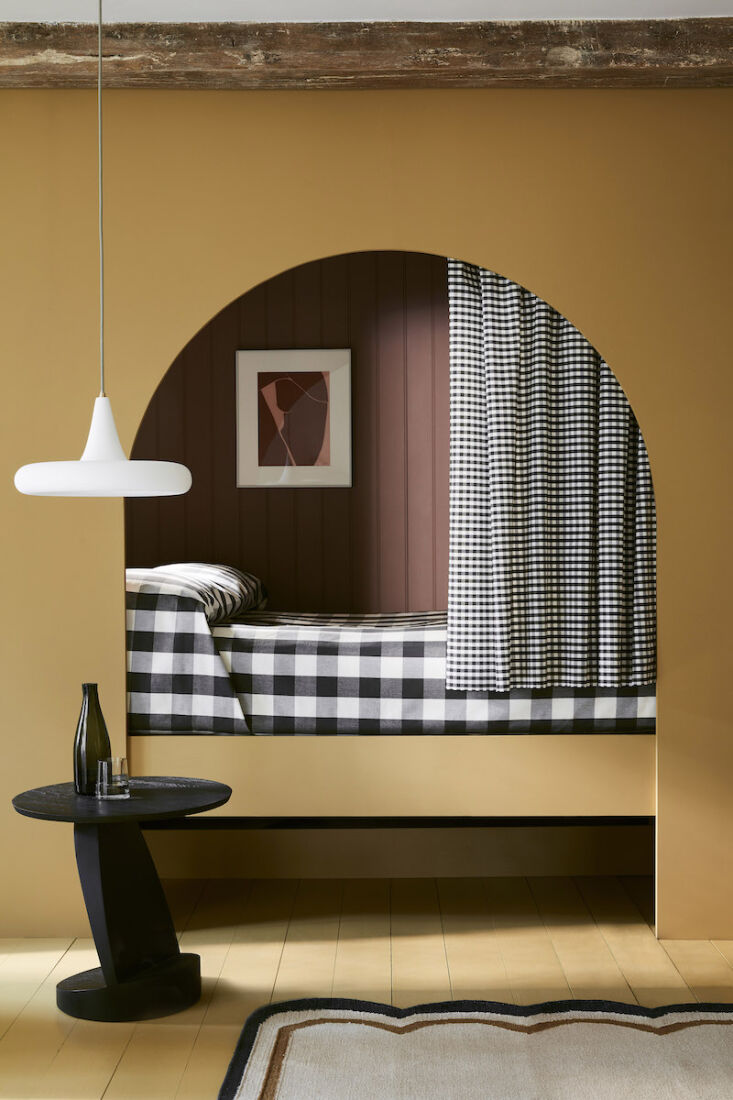
In the beginning, the factory produced specialist paint finishes for industry. Soon, established paint brands approached them to manufacture their products: Ralph Lauren, Fired Earth, Sanderson, William Morris, and Paint and Paper Library all became customers. Gradually, David and his wife began to create a vision for their own paint brand: a high-quality product “with personality.”
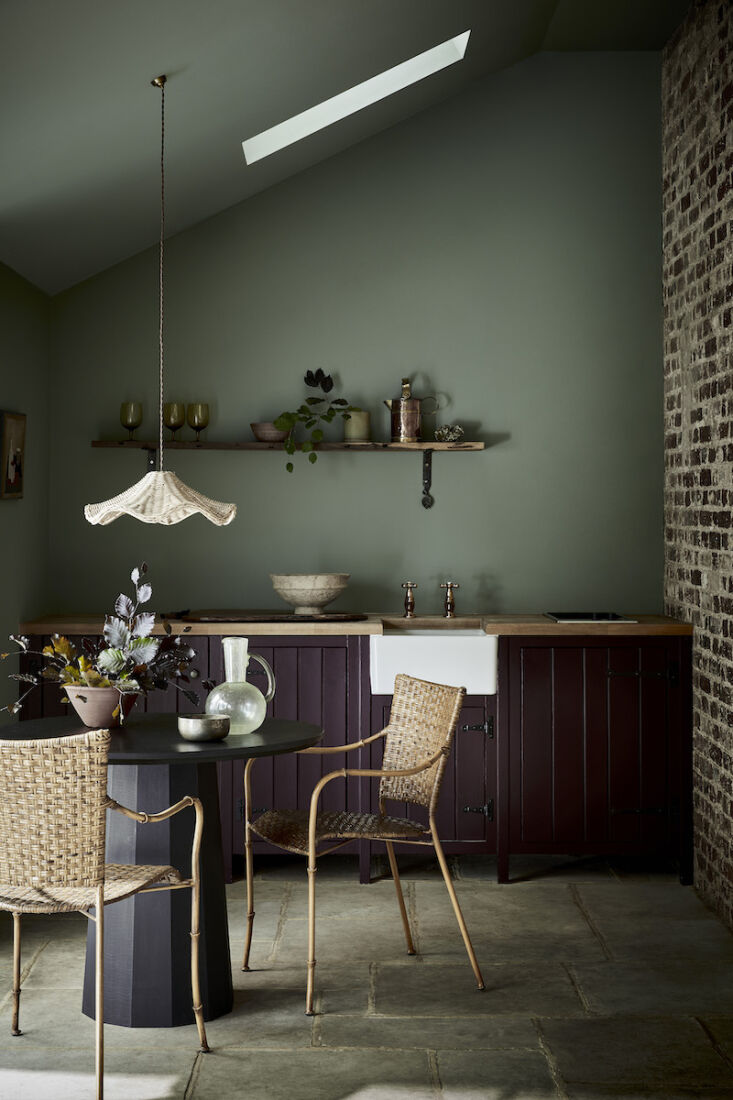
David researched the site of the company headquarters in Manchester and discovered that they were based close to the historic site of The Little Greene Dye Works, a small company that once supplied pigments and dyes to local weaving mills in the early 1700s. They took the name as inspiration, and the spirit of the original dye works lives on in their production methods: The paint-making process is still largely undertaken by hand, rather than automated machines. Even their sample pots are filled by hand from a glass jug.
Over 25 years, Little Greene’s range of highly pigmented colors and wallpapers, intelligent finishes, and commitment to ethically and environmentally friendly manufacturing processes have established them as one of the UK’s go-to paint brands. During that time, they have crafted a collection that represents 300 years of decorative history, referencing the key periods of interior design—from the 17th century to the late 20th century—as well creating new colors for contemporary interiors. All of this has been captured in their color card: a concertina of color samples that has become a mainstay for interior designers and enthusiastic decorators alike.
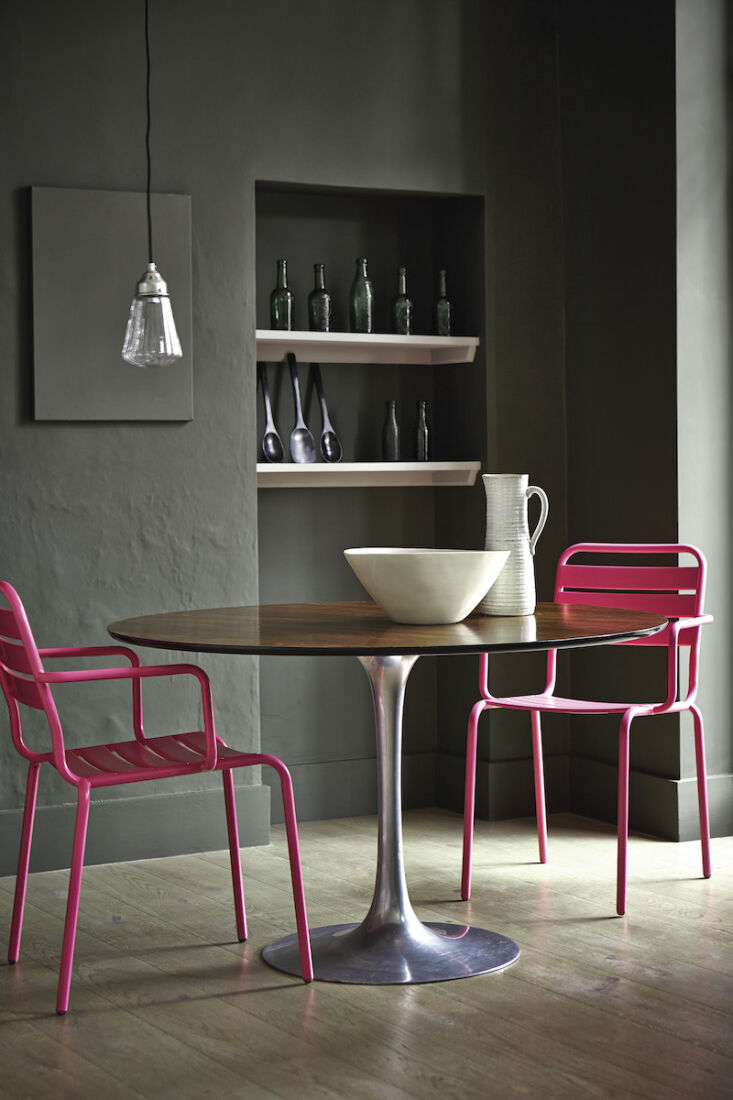
Happily, Little Greene will be making all this available to US customers when they open their first American store on East Putnam Avenue in Greenwich, Connecticut, this fall. “I’m really excited about it,” Ruth tells us in the weeks leading up to the launch. “It’s taken us two years of focused planning to get to this point, so I feel like we’re ready for it now.” The location was chosen because it felt “relatable” to the brand, Ruth explains. “In London, we have showrooms in Chelsea, Marylebone, and Notting Hill; areas that feel village-like. Greenwich, Connecticut has a similar feel. It’s a pocket of interior showrooms, a real destination.”
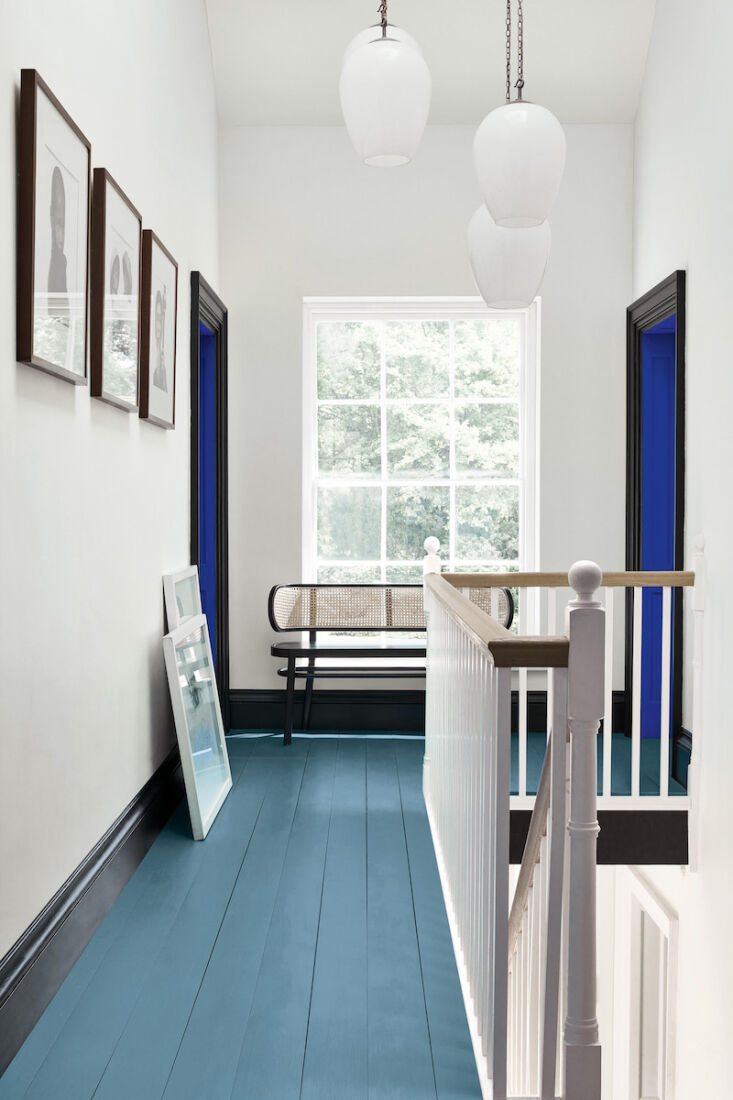
As we speak, the store is being fitted out with ash wooden floors. The walls—which are bathed in natural light—will feature the full range of Little Greene color blocks and wallpapers for customers to browse and seek inspiration. Color consultancy will be offered online and in person—a service that is increasingly in demand. “I think people now feel much more confident in putting together mood boards to find the look that they want to achieve,” says Ruth. “But we’ve found that when it comes to actually making that final decision, often consumers still appreciate that last word of advice or reassurance.”




